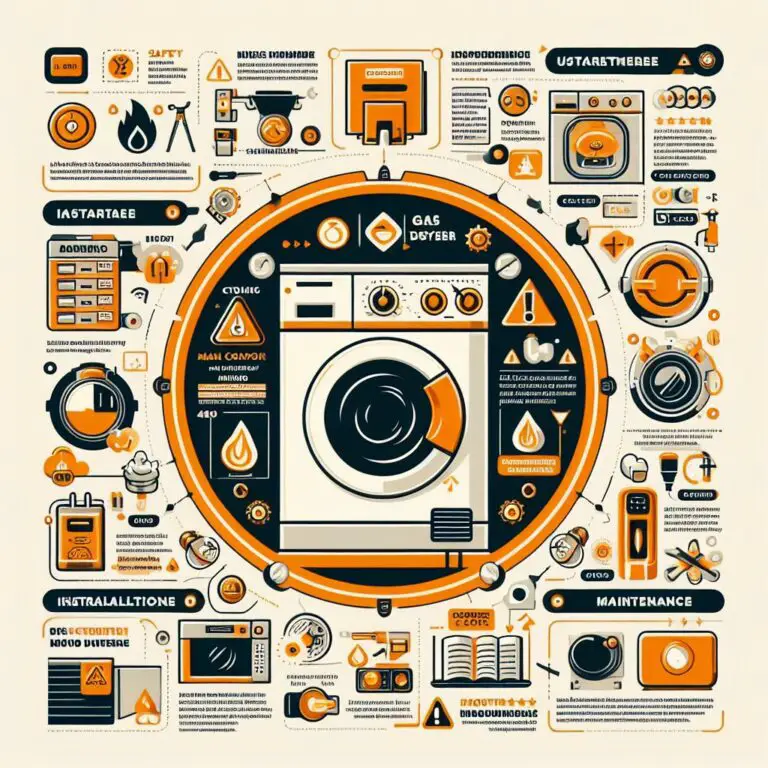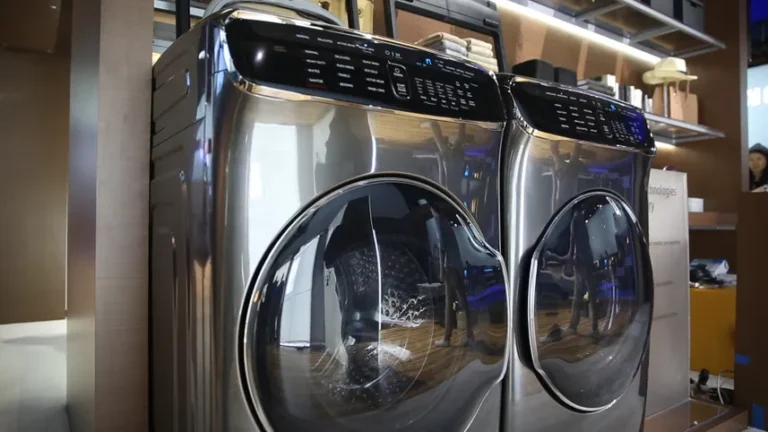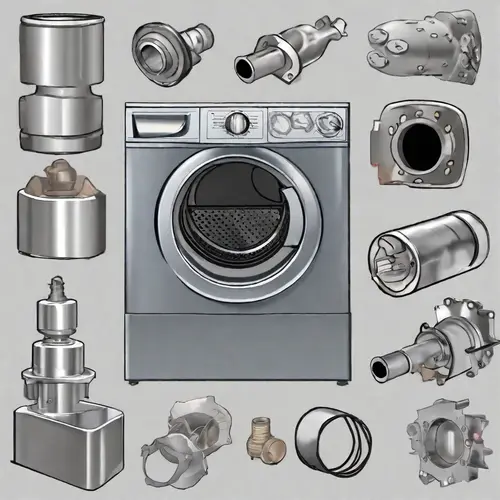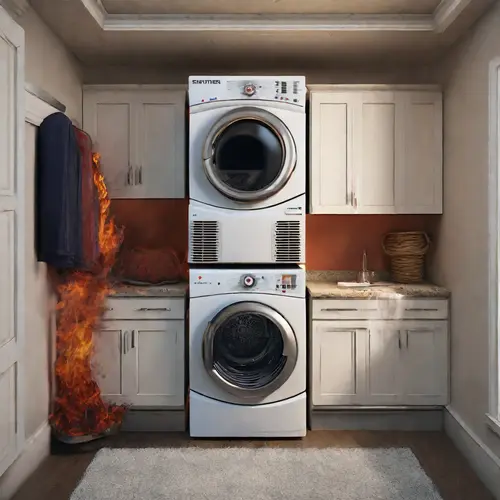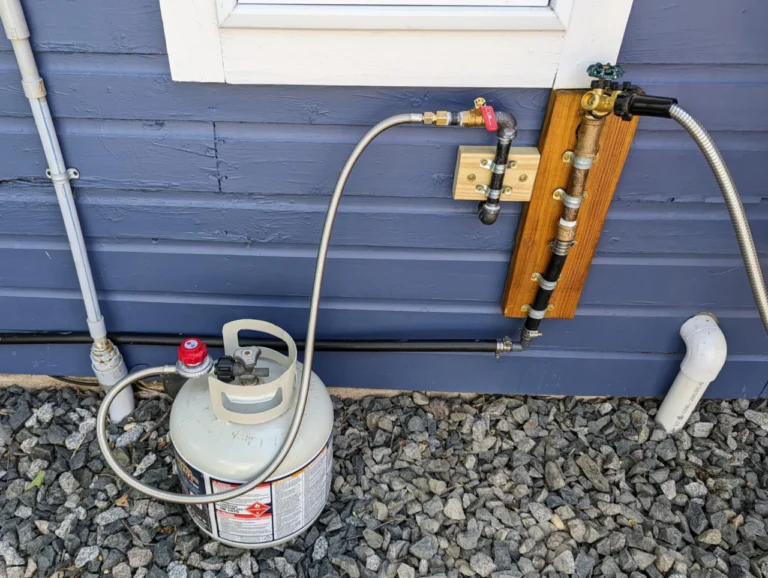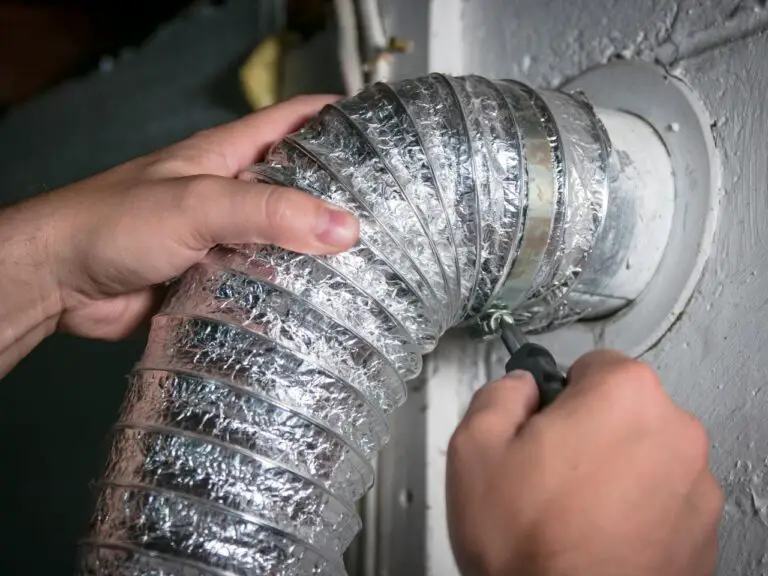How Many BTUs is a Gas Dryer?
When it comes to household appliances, you’ve probably heard the term “BTU” mentioned in relation to gas dryers and how many btus is a gas dryer. But what exactly is a BTU, and why is it important when choosing a gas dryer for your home? In this article, we’ll explore the world of BTUs, their significance in the context of gas dryers, and how to select the right BTU rating for your needs.
What is a BTU?
BTU stands for British Thermal Unit, and it’s a unit of measurement used to quantify the amount of energy needed to raise the temperature of one pound of water by one degree Fahrenheit. In the context of gas dryers, BTUs indicate the heating capacity of the dryer – how much heat it can produce to dry your clothes efficiently. Read How Long Is a Dryer Cycle guide post.
Why is the BTU Rating of a Gas Dryer Important?
The BTU rating of a gas dryer is crucial because it directly affects the dryer’s performance. A higher BTU rating means the dryer can generate more heat, which results in faster drying times. On the other hand, a lower BTU rating might mean longer drying cycles and potentially less effective drying, particularly for larger loads.
How Many BTUs Does a Typical Gas Dryer Use?
The BTU rating of a gas dryer can vary widely depending on the model and brand. On average, most standard gas dryers typically have a BTU rating between 18,000 and 22,000 BTUs. However, more advanced models with additional features, such as steam drying, can have higher BTU ratings.

what are the Factors That Can Affect the BTU Rating of a Gas Dryer?
Several factors can influence the BTU rating of a gas dryer, including:
- Dryer Size: Larger dryers may require higher BTU ratings to effectively dry bigger loads.
- Efficiency: More energy-efficient dryers may have lower BTU ratings while maintaining performance. To not lead to Dryer Not Drying Clothes issue or gas dryer not starting problem.
- Features: Dryers with special features like steam drying may have higher BTU requirements.
- Brand and Model: Different manufacturers may design their dryers with varying BTU ratings.
How to Choose the Right BTU Rating for Your Gas Dryer?
Selecting the appropriate BTU rating for your gas dryer depends on your specific needs and circumstances. Here’s a table to help you choose the right BTU rating:
| Household Size | BTU Rating Recommendation |
|---|---|
| Small (1-2 people) | 18,000 – 20,000 BTUs |
| Medium (3-4 people) | 20,000 – 22,000 BTUs |
| Large (5+ people) | 22,000+ BTUs |
Consider the size of your household, the size of your laundry loads, and your desired drying time when making your decision.
what are the Different Types of Gas Dryers and Their BTU Ratings?
Gas dryers come in various types, each with its own BTU rating. Here’s an overview of the common types:
Top-Load Gas Dryers
These are traditional dryers with the drum positioned vertically. They typically have BTU ratings between 18,000 and 20,000 BTUs.
Front-Load Gas Dryers
Front-load dryers have a horizontal drum and are known for their efficiency. Their BTU ratings can range from 18,000 to 22,000 BTUs.
Stackable Gas Dryers
These space-saving units often have BTU ratings similar to front-load dryers, around 18,000 to 22,000 BTUs.
Compact Gas Dryers
Compact dryers are designed for smaller spaces and usually have BTU ratings in the range of 15,000 to 18,000 BTUs.
Energy Efficiency and BTU Ratings
Energy efficiency is a critical consideration when choosing a gas dryer. More energy-efficient models may have lower BTU ratings while delivering the same or better performance. Look for dryers with the Energy Star label, which indicates they meet specific energy efficiency standards. These dryers are designed to save you money on energy bills and reduce your carbon footprint.
How to Calculate the Cost of Operating a Gas Dryer Based on its BTU Rating?
Calculating the cost of operating a gas dryer involves a few key factors, including the BTU rating, the cost of natural gas in your area, and the dryer’s usage. Here’s a simplified formula:
Operating Cost (per hour) = (BTU Rating / 100,000) x Cost of Natural Gas (per therm)
Keep in mind that energy prices vary by location, so it’s essential to check your local rates. For a more accurate estimate, you can use online calculators provided by energy companies or government agencies.
what are the Tips for Reducing the BTU Usage of Your Gas Dryer?
If you’re concerned about your gas dryer’s energy consumption, there are steps you can take to reduce its BTU usage. Here are some tips:
- Clean the Lint Trap Regularly: A clogged lint trap restricts airflow and makes the dryer work harder. Clean it after each use.
- Use the Correct Dryer Cycle: Opt for lower heat settings or shorter drying times when possible, depending on your laundry’s needs.
- Don’t Overload the Dryer: Overloading can hinder airflow and extend drying times. Stick to recommended load sizes.
- Vent the Dryer Properly: Ensure the dryer’s exhaust vent is clean and unobstructed for efficient drying.
FAQ about how many btus is a gas dryer
How many BTUs is a standard gas dryer?
The BTU rating of a standard gas dryer typically falls within the range of 18,000 to 22,000 BTUs. However, the specific BTU rating can vary depending on the brand, model, and features of the dryer.
How much gas does a gas dryer use?
The exact amount of gas consumed by a gas dryer depends on several factors, including the BTU rating of the dryer, the duration of the drying cycle, and the efficiency of the appliance. On average, a standard gas dryer may consume about 15,000 to 20,000 BTUs per hour during operation. Keep in mind that energy consumption can vary, so it’s essential to check your dryer’s specifications and local natural gas rates for a more accurate estimate.
What is the normal size gas line for a dryer?
The normal or standard gas line size for a gas dryer is typically 1/2 inch in diameter. This size is suitable for most residential gas dryers and provides an adequate flow of natural gas to support their operation. However, it’s crucial to follow local building codes and manufacturer recommendations to ensure safe and efficient gas line installation for your specific dryer.
How many BTUs does an electric clothes dryer use?
Gas vs Electric Dryer ? Electric clothes dryers operate differently from gas dryers and do not use BTUs. Instead, electric dryers are rated in kilowatts (kW) to measure their electrical power consumption. A typical electric dryer may have a power rating ranging from 4.4 kW to 5.5 kW. Read about How many watts does an electric dryer use, This power rating indicates the amount of electricity the dryer uses to generate heat for drying clothes. Unlike gas dryers, the cost of operating electric dryers is based on electricity rates, not BTUs.
What is the relation between btu and propane?
Yes, there is a direct relationship between BTUs (British Thermal Units) and propane when it comes to measuring the energy content of propane. Propane is a commonly used fuel in various applications, including heating, cooking, and powering gas appliances like grills and gas dryers. When we refer to the BTU content of propane, we are quantifying the amount of energy that a specific volume of propane can produce when burned.
Propane has a well-defined energy content, which is typically measured in BTUs per gallon or BTUs per cubic foot, depending on the context. For example:
- Propane Gas (LPG) – Liquid State: Propane in its liquid state has an energy content of approximately 91,500 BTUs per gallon.
- Propane Gas (Vapor) – Gaseous State: When propane vaporizes and is used in appliances like gas dryers, it has an energy content of about 2,500 BTUs per cubic foot.
The BTU content of propane is essential for understanding how much heat or energy you can expect from a given volume of propane when it is burned. This information is crucial for determining the efficiency and cost-effectiveness of propane-powered appliances, as well as for estimating the energy required for various applications.
In summary, the relationship between BTUs and propane lies in the measurement of propane’s energy content. Knowing the BTU content of propane helps consumers and businesses make informed decisions about its use and the efficiency of propane-powered devices.
Conclusion
How many btus is a gas dryer, understanding the BTU rating of a gas dryer is essential for choosing the right appliance that suits your household’s needs. By considering factors like household size, energy efficiency, and cost calculations, you can make an informed decision when purchasing a gas dryer. Remember that energy-efficient models can save you money in the long run while still delivering effective drying.
Summary of Key Points
- BTU (British Thermal Unit) is a measure of a gas dryer’s heating capacity.
- The typical BTU rating for gas dryers is between 18,000 and 22,000 BTUs.
- Factors such as dryer type, efficiency, and features influence BTU ratings.
- Energy-efficient dryers may have lower BTU ratings and save on energy costs.
- Calculating operating costs involves BTU rating and local natural gas prices.
- To reduce BTU usage, maintain your dryer and follow best practices.

